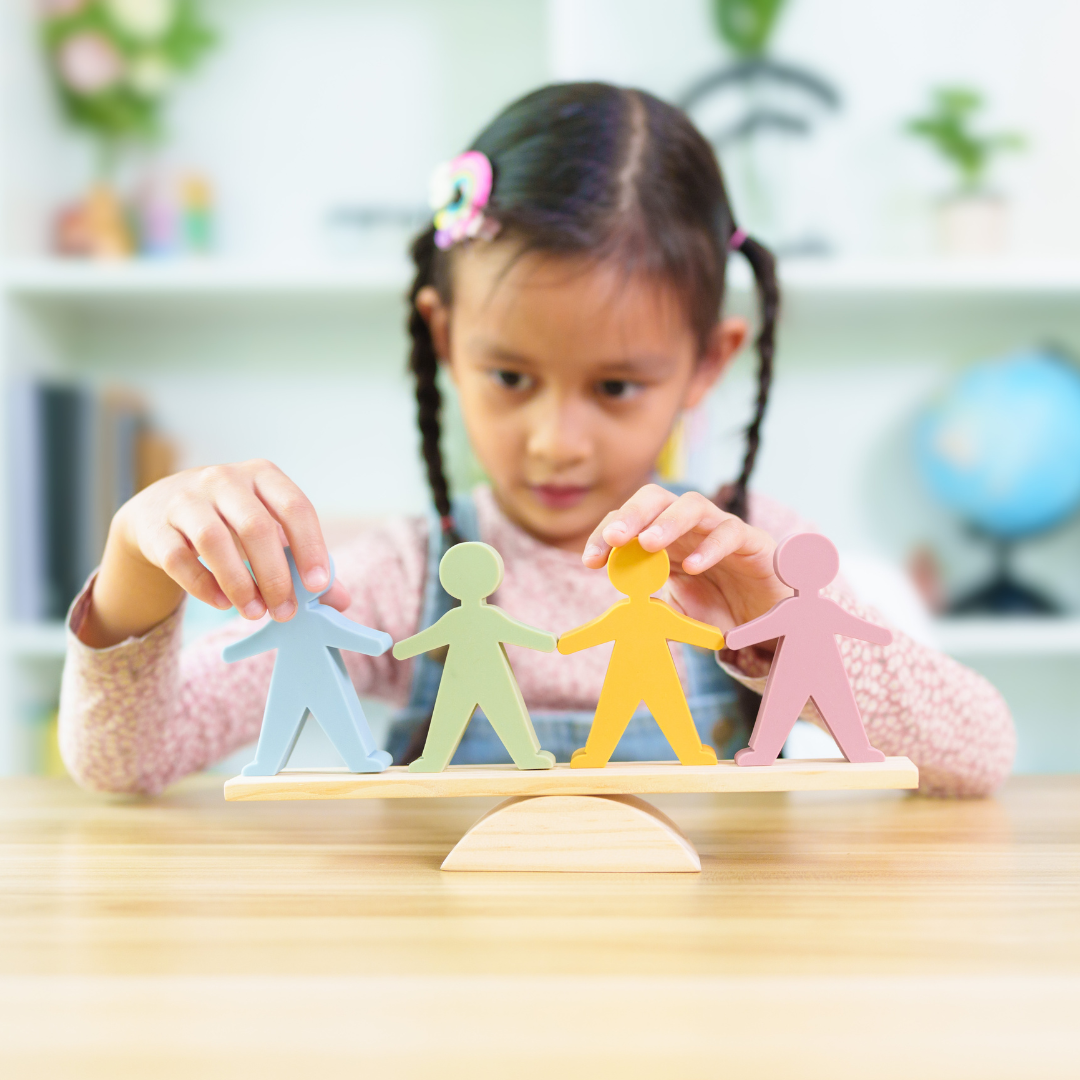Playtime is a fantastic opportunity for parents to help build their child’s communication skills. With a few simple strategies, you can make play more engaging and supportive of your child’s speech and language development. Here’s a quick look at some helpful techniques you can try during playtime.
Naming:
When your child is playing with toys, name the object or describe what they’re doing. This helps your child associate words with actions or things. For example, you can say, *“car”* or *“You’re playing with the car.”* Repeating these words helps build vocabulary.
Commenting:
Talk about what you and your child are doing. Use short sentences and emphasize key words. For example, if your child is pushing a toy car, you might say, *“Push. You pushed the car.”* This gives them context while introducing new words.
Offering choices:
Instead of asking yes/no questions, give your child options. This encourages them to use new words or gestures. For instance, if they’re deciding between two toys, you can say, *“Do you want the car or the ball?”* They can respond by pointing, looking, or speaking—whatever feels natural for them.
Pausing:
After asking your child a question or giving an instruction, pause and wait for their response. This gives them time to process and engage. Show that you’re waiting by looking at them expectantly. If they don’t respond, you can model the answer. For example, say, *“Ready, set… (pause)… GO!”*
Following their lead:
Take cues from your child. If they’re interested in a particular toy or activity, join in and mirror what they’re doing. Imitating their actions or sounds can encourage interaction, attention, and language development.
Repetition:
Children learn through repetition, so don’t be afraid to say key words multiple times during play. For example, while pushing a toy car, you can say, *“Push, push, push”* or *“Car, car, car.”* This helps reinforce the connection between words and actions.
Get on their level:
For better engagement, get down to your child’s eye level. Whether you’e kneeling or sitting on the floor, face-to-face interaction makes it easier for them to connect with you and stay engaged in the activity.
These simple strategies can make a big difference in how your child learns to communicate through play. Try incorporating them into your daily routines, and remember, it’s all about making learning fun and interactive!
If you are concerned with your child’s language or have further questions regarding building your child’s language skills, please visit our website or call Box Hill Speech Pathology clinic on 03 9899 5494.
References
Hanen Early Language Program (2022). It’s “OWL” About Having Fun! Promoting Your Child’s Language Learning through Fun Interactions.
https://hanen.org/information-tips/language-delay
By Stephanie Gribble
Speech Pathologist
Box Hill Speech Pathologist

